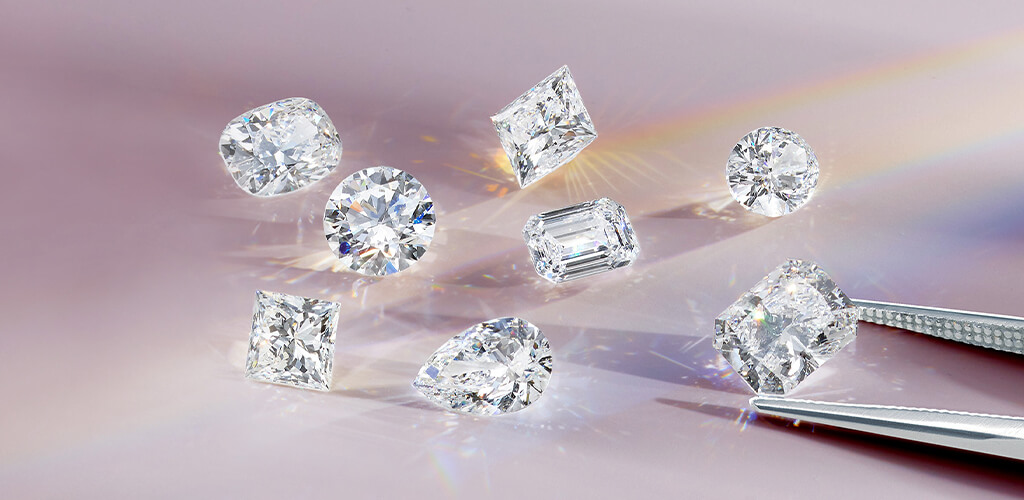
Thinking about buying a diamond? Let’s break down the 4Cs of diamonds (Cut, Color, Clarity, and Carat.) These four traits are your cheat sheet to understanding what makes each diamond unique and how they affect both the appearance and the price tag. Whether you’re eyeing that first big purchase or just love learning about these stunning gems, we are here to walk you through it all, step-by-step.
The 4Cs are the globally accepted standards that describe and classify the quality of a diamond. Here’s a quick overview:
The cut of a diamond refers to how a diamond’s facets are angled and sized, which affects how it reflects light. It is considered the most important of the 4Cs because it directly influences a diamond’s brilliance and beauty.
This measures the absence of color in a diamond. A perfect diamond has no hue, like a drop of pure water, and is higher in value. The grading scale goes from D (colorless) to Z (light yellow or brown).
Clarity refers to how clean a diamond is from inclusions and blemishes. The scale ranges from Flawless (no inclusions or blemishes visible under 10x magnification) to Included (inclusions and blemishes visible to the naked eye).
Carat is the measure of a diamond’s weight. Generally, higher carat weight signifies a larger diamond, though it doesn’t always increase the overall quality or value.
The cut of a diamond isn’t about its shape, but how well its facets interact with light. Precision in the cut determines the brilliance, fire, and overall sparkle of the gem. Here’s why a diamond’s cut commands attention:
Brilliance: This is all about the brightness that comes from the heart of the diamond, thanks to well-placed facets.
Fire: Look for the flashes of color that appear when light disperses.
Scintillation: This refers to the light and dark patterns you see as the diamond, or your eye, moves.
A diamond’s cut is rated from Excellent to Poor. An excellent cut showcases an admirable balance of brightness and fire, making the diamond appear alive and vibrant.
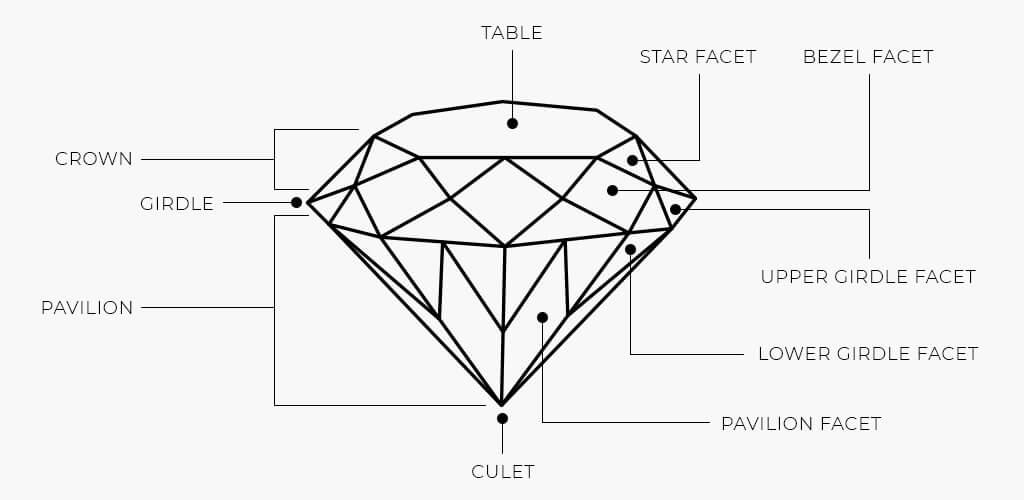
Diamond color is judged on how little color the stone shows. The scale begins at D, utterly colorless, and travels down to Z, which displays noticeable color.
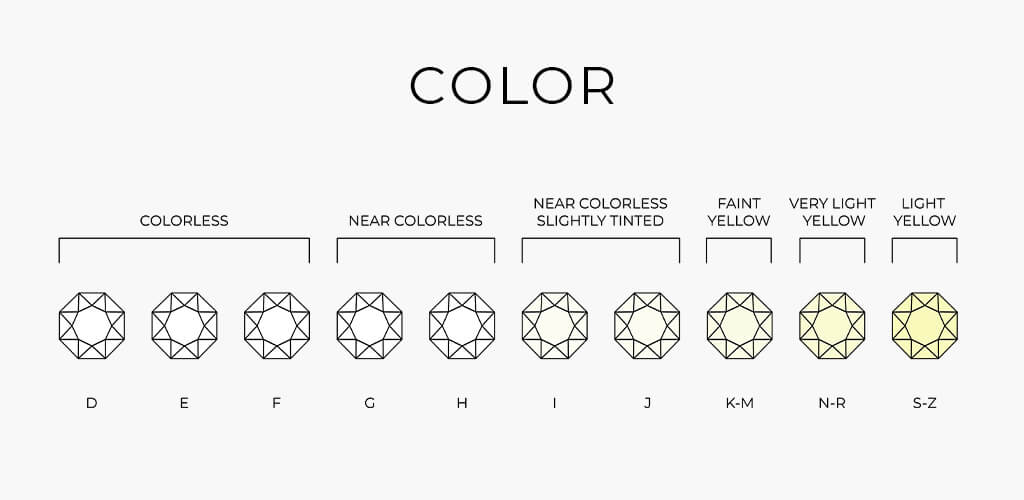
Clarity refers to the absence of inclusions and blemishes. Here’s how it’s categorized:
While flawless diamonds are the epitome of purity, many diamonds with slight inclusions still display magnificent beauty, often at a more accessible price point.
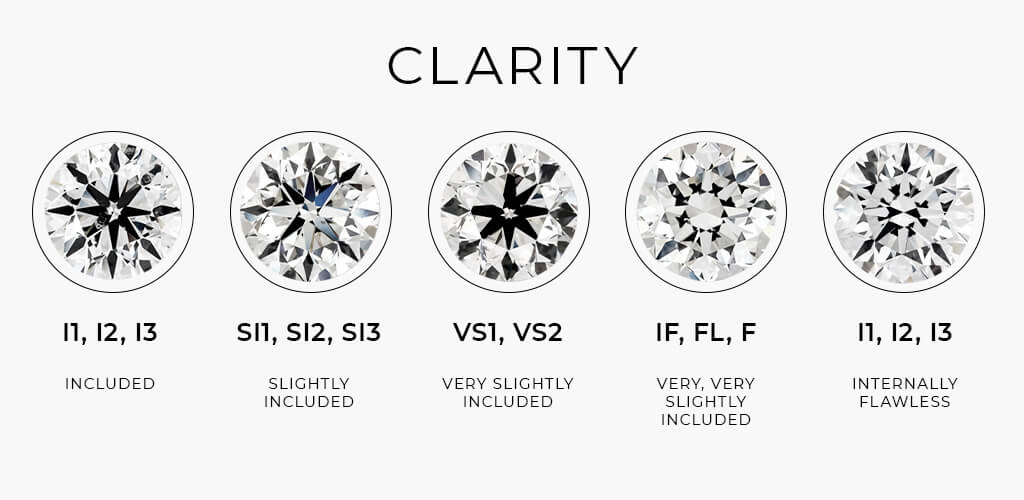
Carat refers to the diamond’s weight, with one carat being equivalent to 200 milligrams. The value of a diamond rises with its carat weight, but the cut quality can make a smaller diamond appear larger.
A larger carat weight doesn’t always mean a better diamond. Balancing size with cut, color, and clarity can lead to a more stunning and valuable choice.
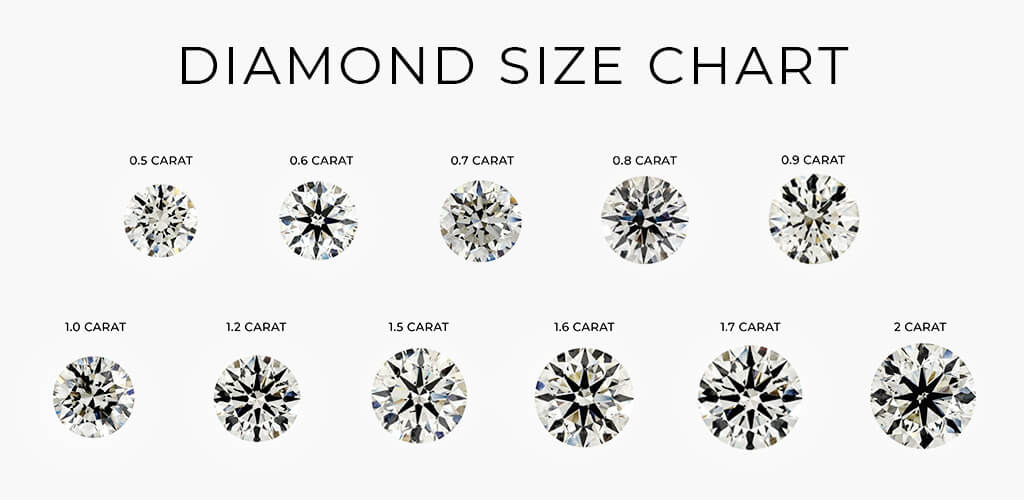
Both lab grown diamonds and natural diamonds are assessed using the same meticulous criteria known as the 4Cs: Cut, Color, Clarity, and Carat. This ensures that each diamond is graded on its merits regardless of origin, offering you transparency and confidence in your choice.
Whether opting for lab-created brilliance or natural splendor, you can trust that the quality measures remain consistent.
Investing in a good cut is crucial; a well-cut diamond will exhibit superior brilliance and fire, even if its other C grades are slightly lower. This means prioritizing cut can often yield a more visually stunning diamond.
Consider the setting of your diamond. In a white gold or platinum setting, you might opt for a higher color grade. For yellow gold, lower color grades can still appear colorless and offer better value.
Remember, many inclusions are microscopic. Choosing a diamond that’s rated SI1 or SI2 for clarity can offer a great balance between beauty and cost, especially if the inclusions are not visible to the naked eye.
A bigger diamond isn’t necessarily better. Focus on how the carat weight works with the cut quality to enhance the stone’s overall brilliance and visual size.
Understanding the 4Cs of diamonds is the best tool you can use when making an informed choice, whether you’re investing in jewelry or buying the engagement ring of your dreams. With this knowledge, you’re better equipped to choose a diamond that not only meets your expectations but also reflects your personal style and budget.
Visit us at JamesAllen.com and enjoy a free diamond consultation with our experts. We’ll help you find the perfect diamond for your budget and preferences.
The price is influenced by a combination of all 4Cs. The better the combination, the higher the price.
To the untrained eye, the differences are minimal, especially when the diamond is set in a ring and viewed in natural light.
While a flawless diamond is exceptionally rare and beautiful, many slightly included diamonds, like grades SI1 and S12 diamonds, still offer dazzling beauty and are more budget-friendly.